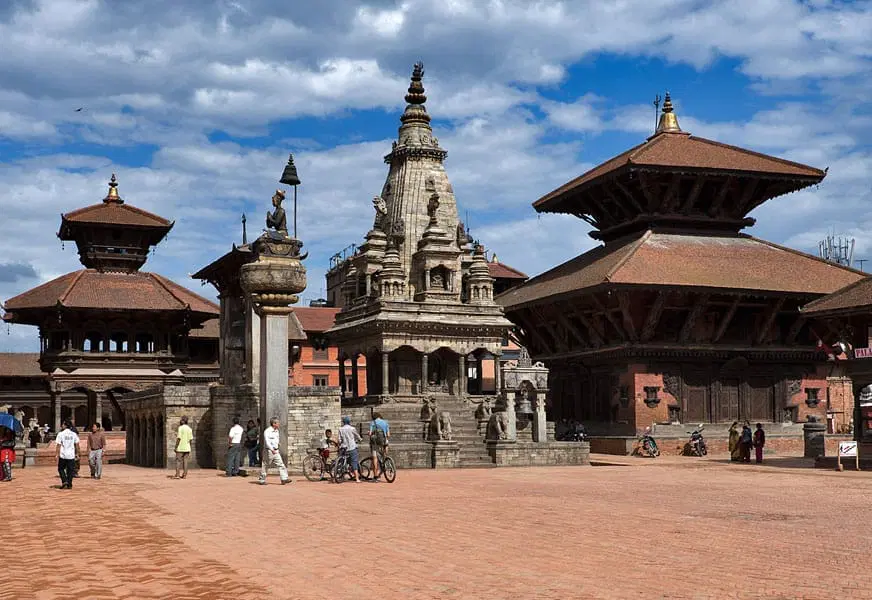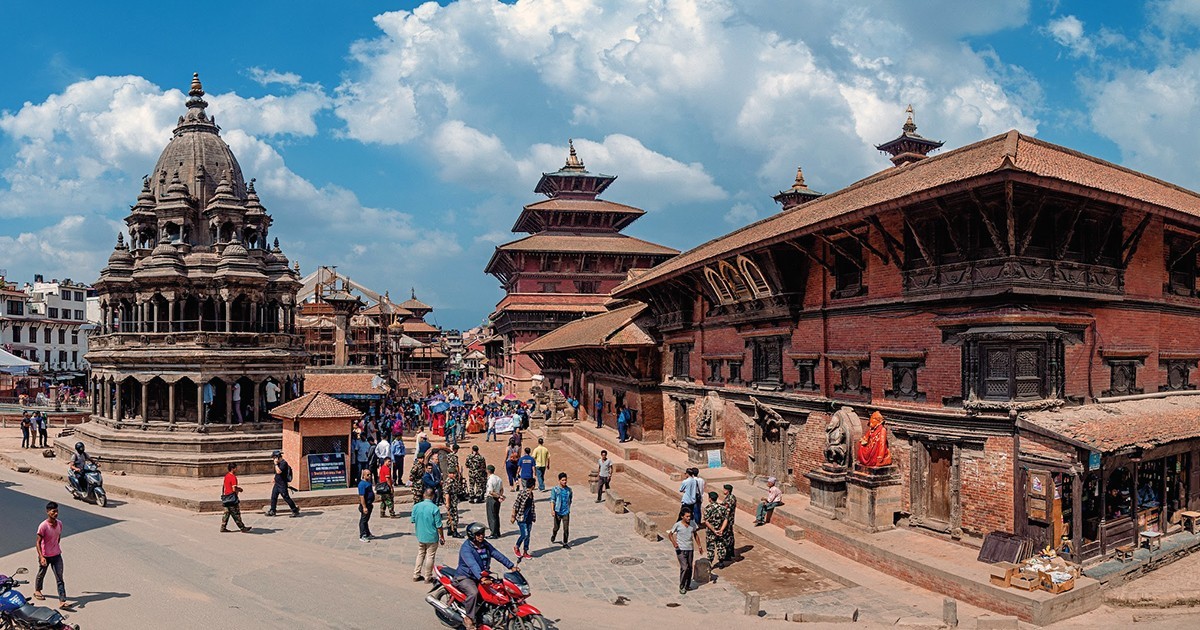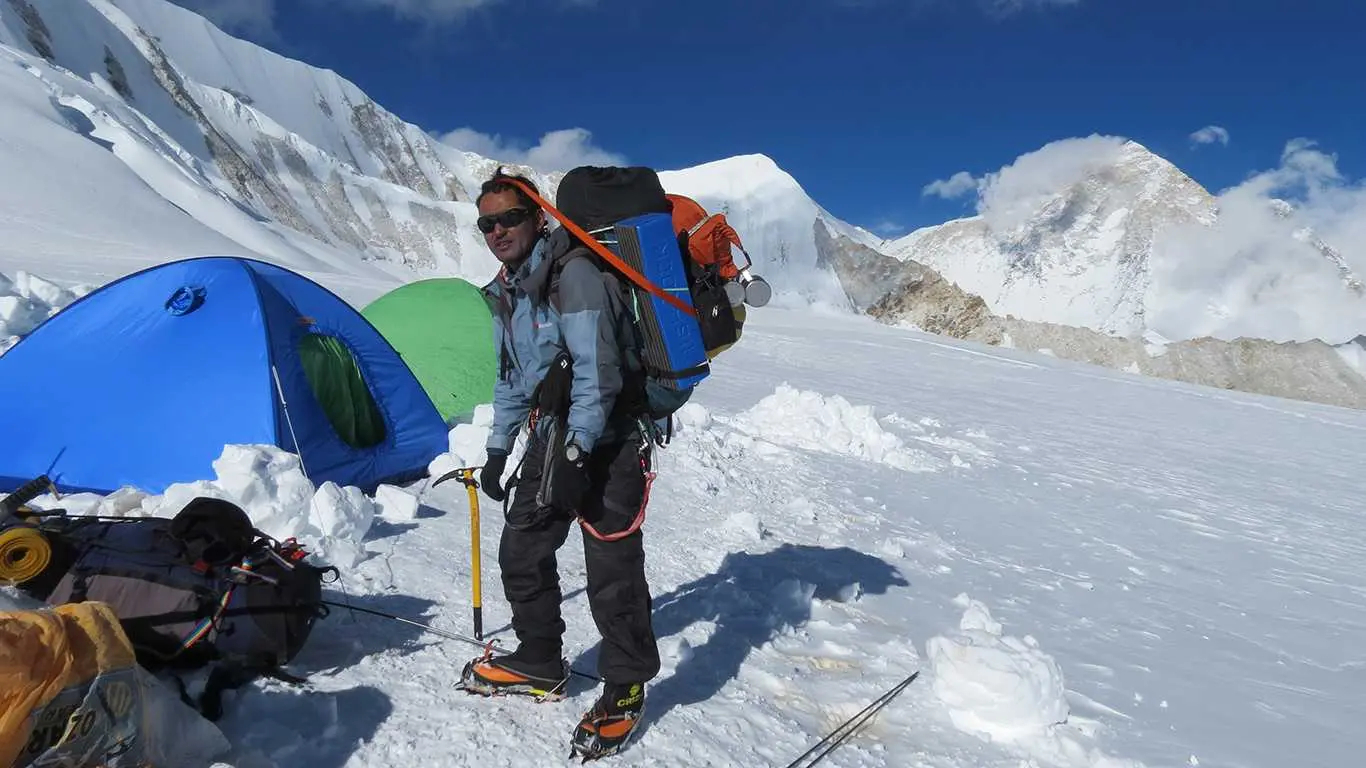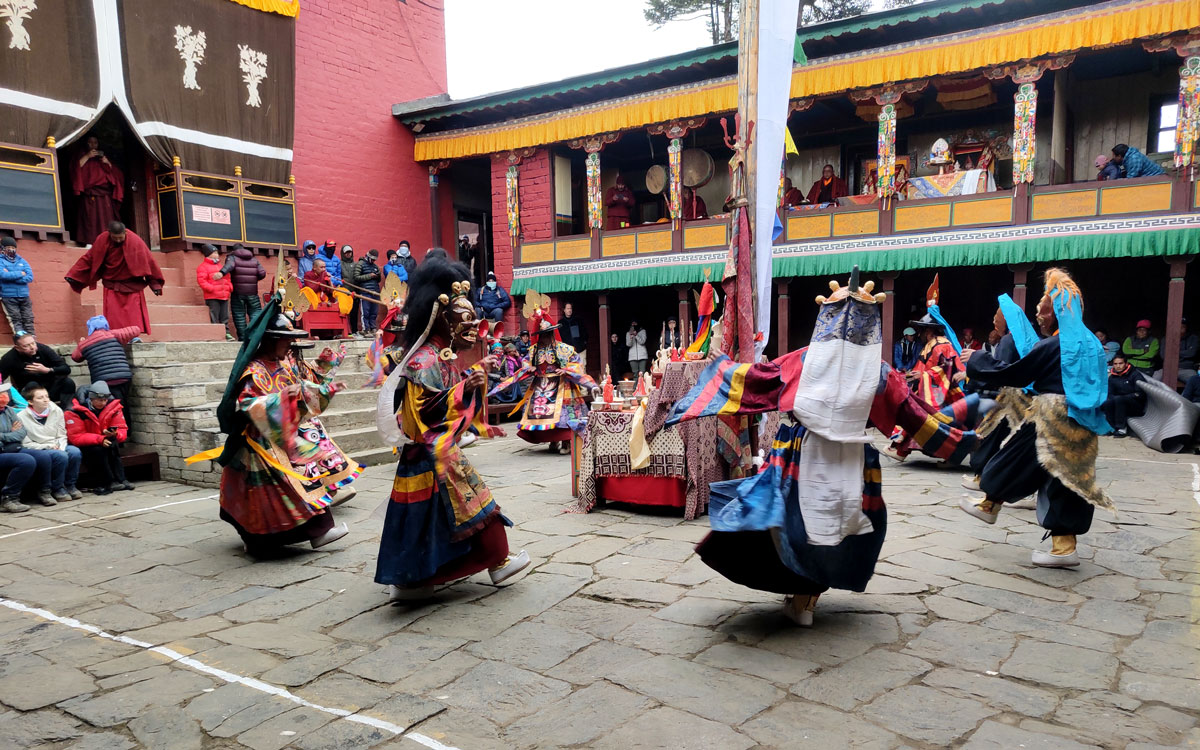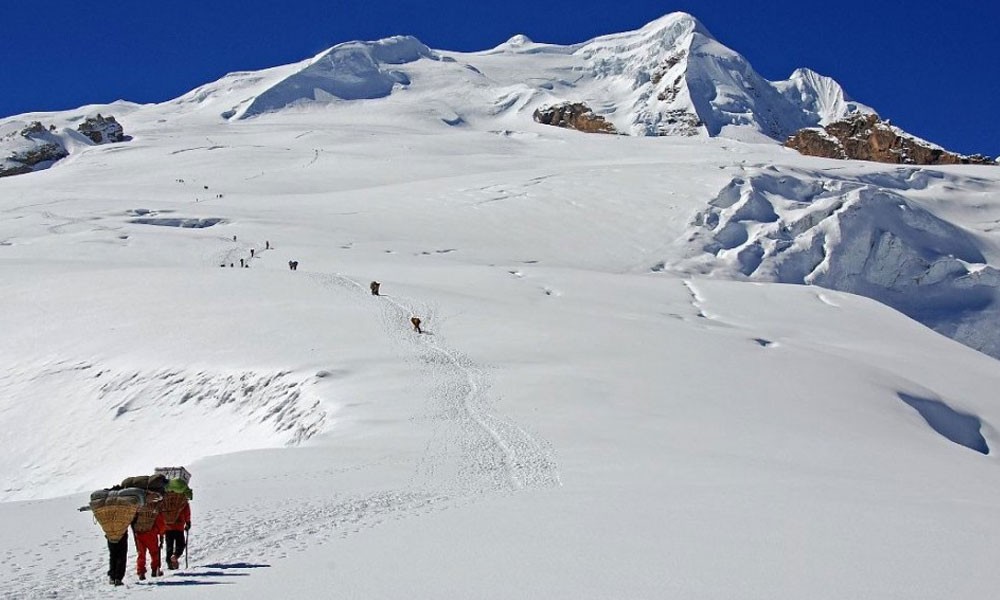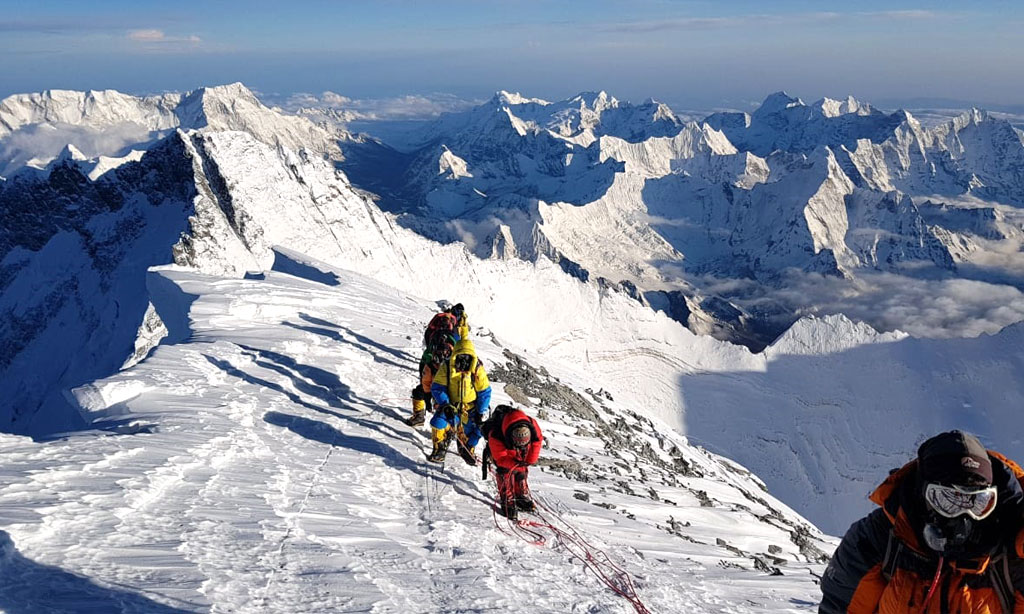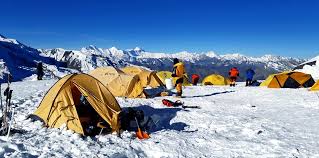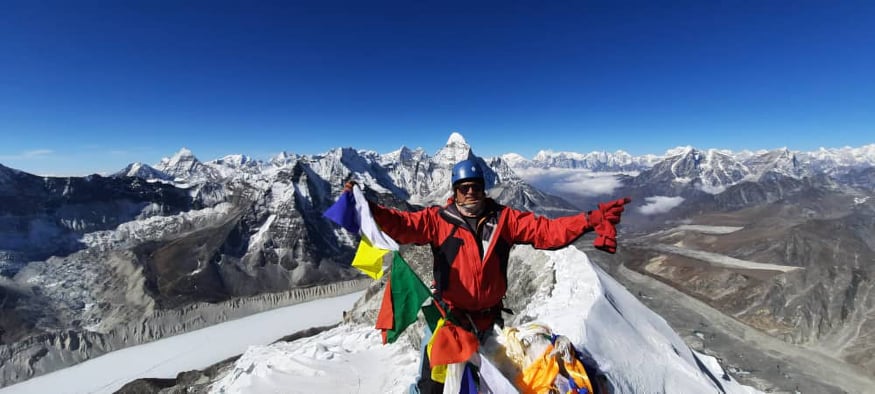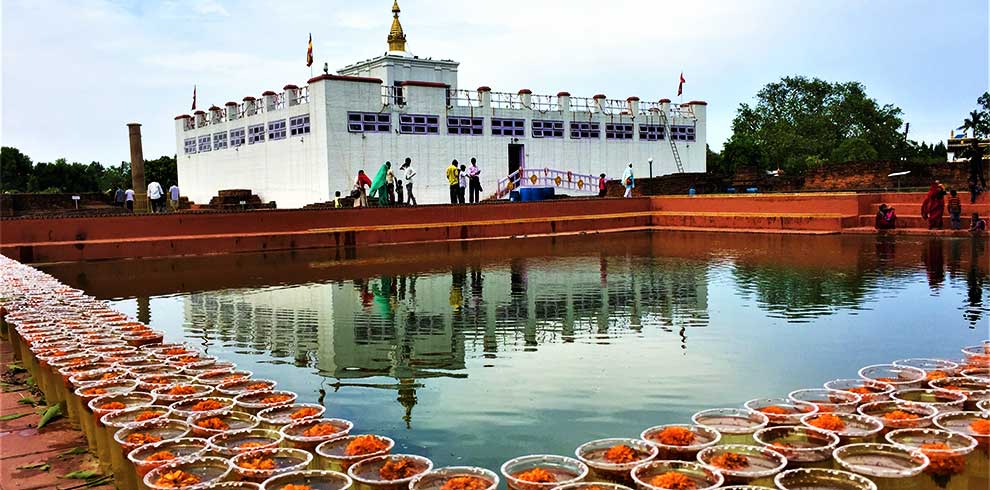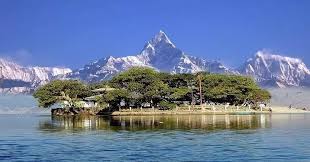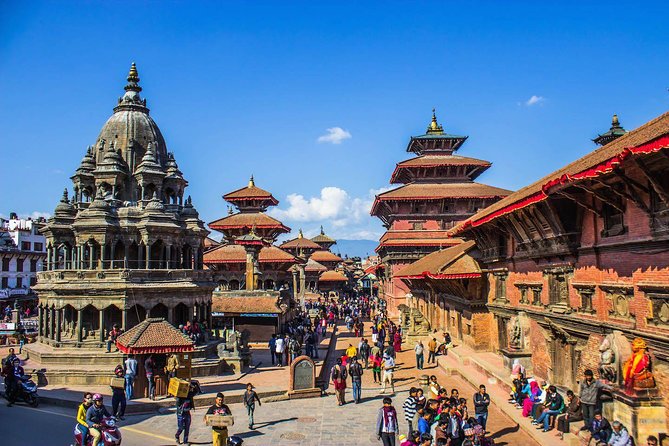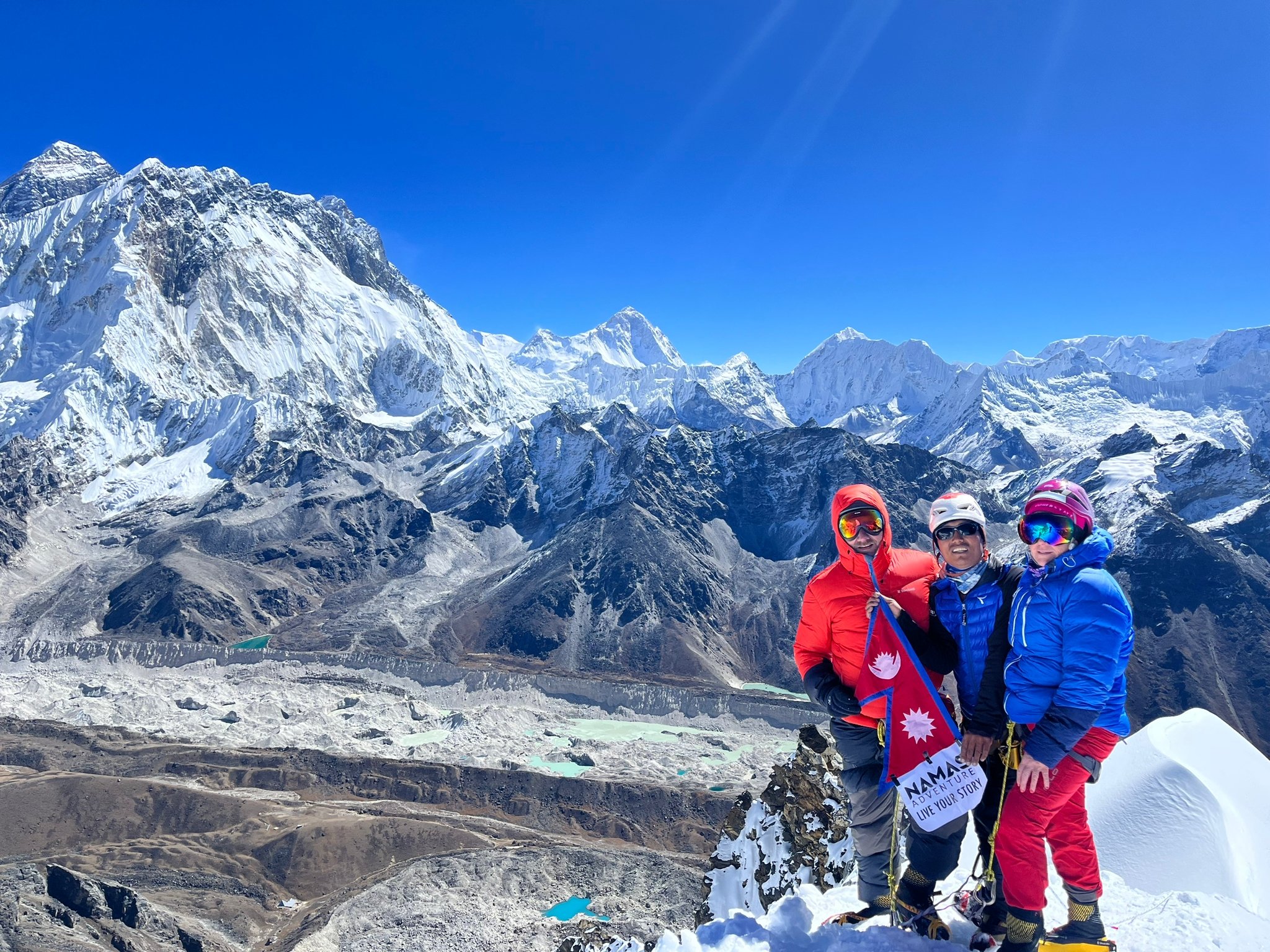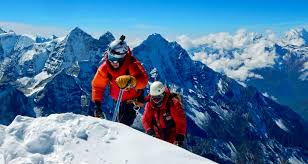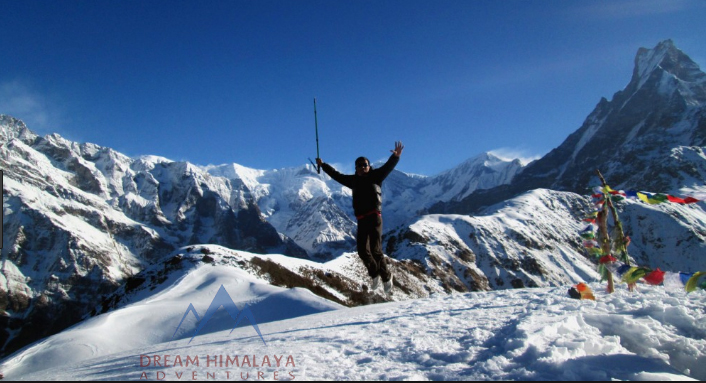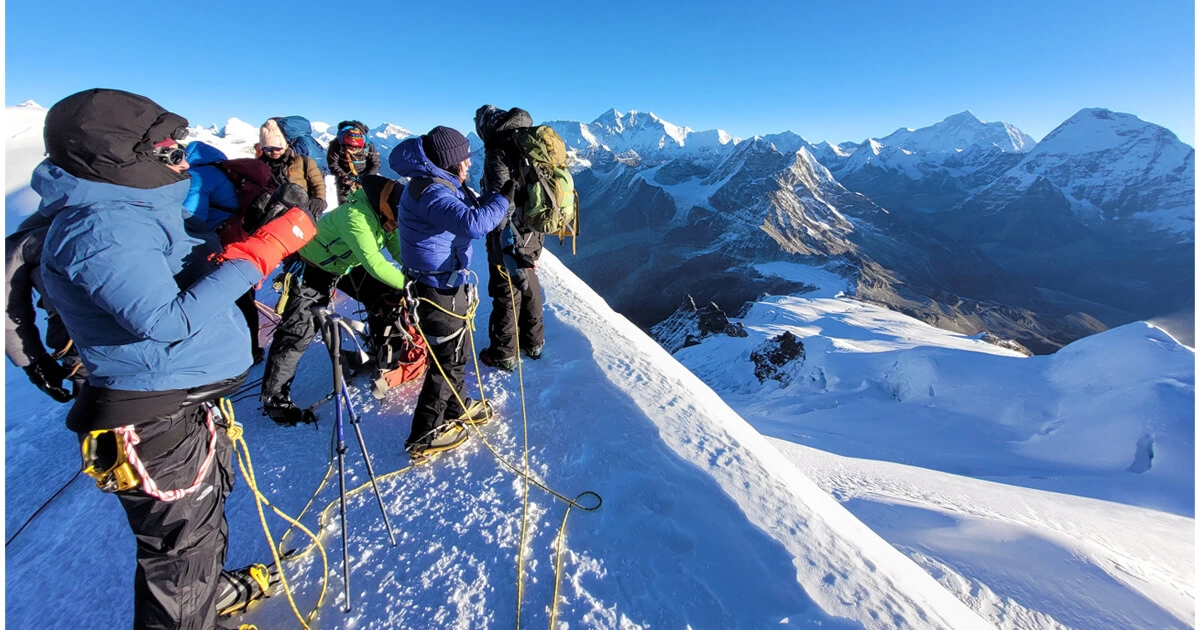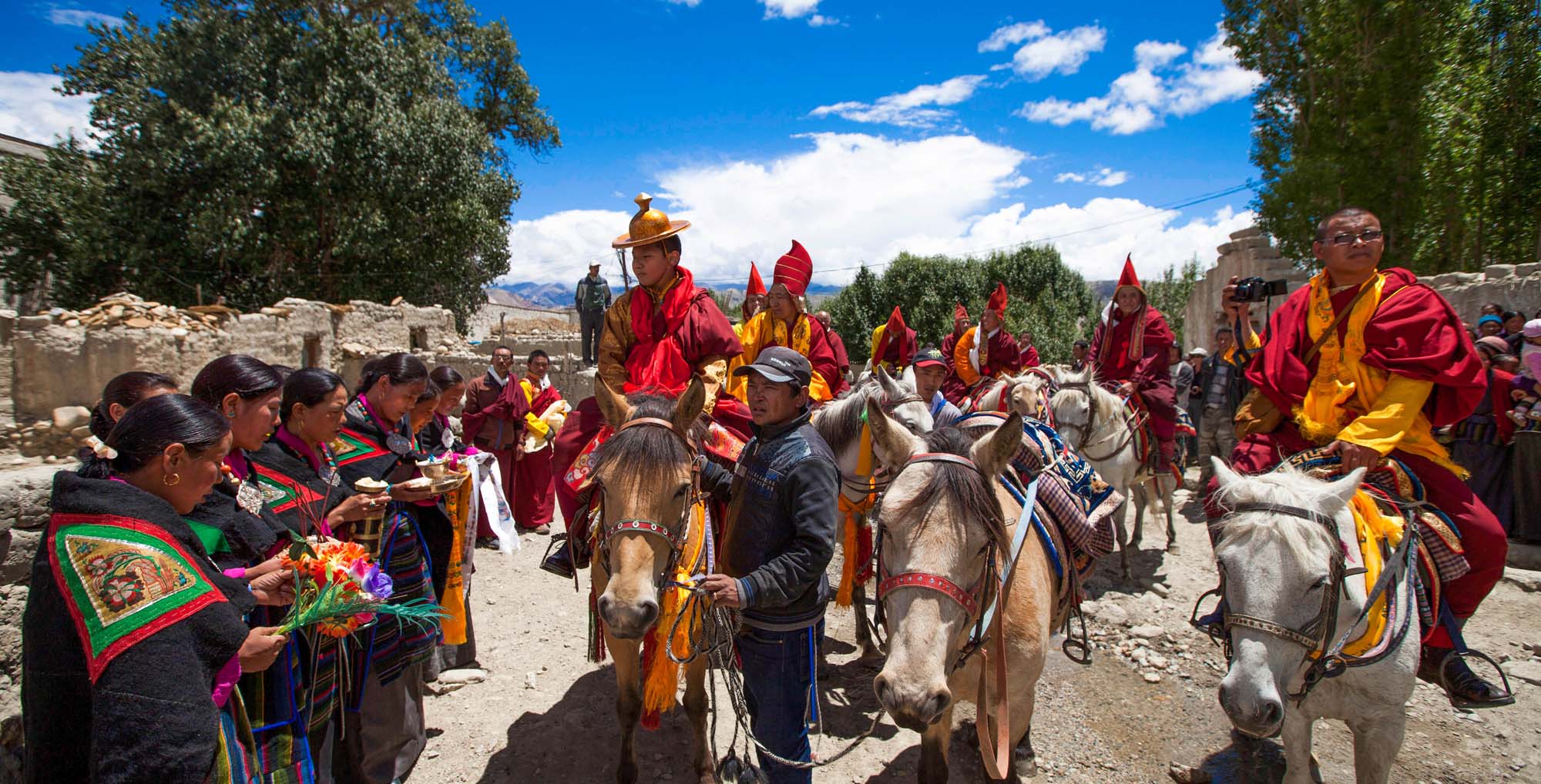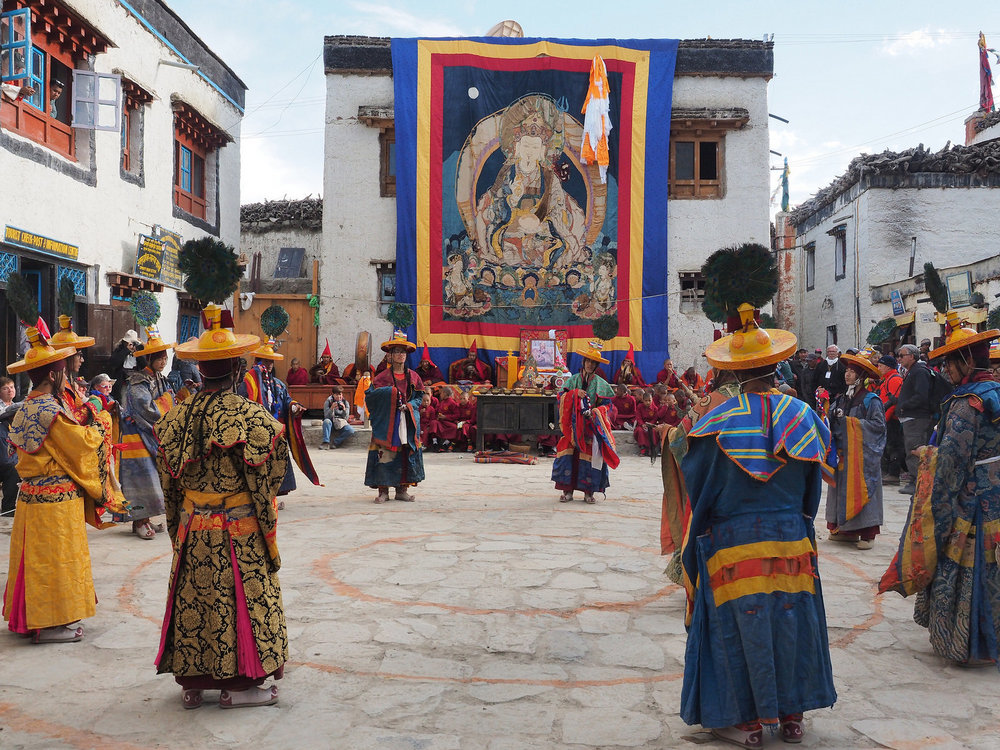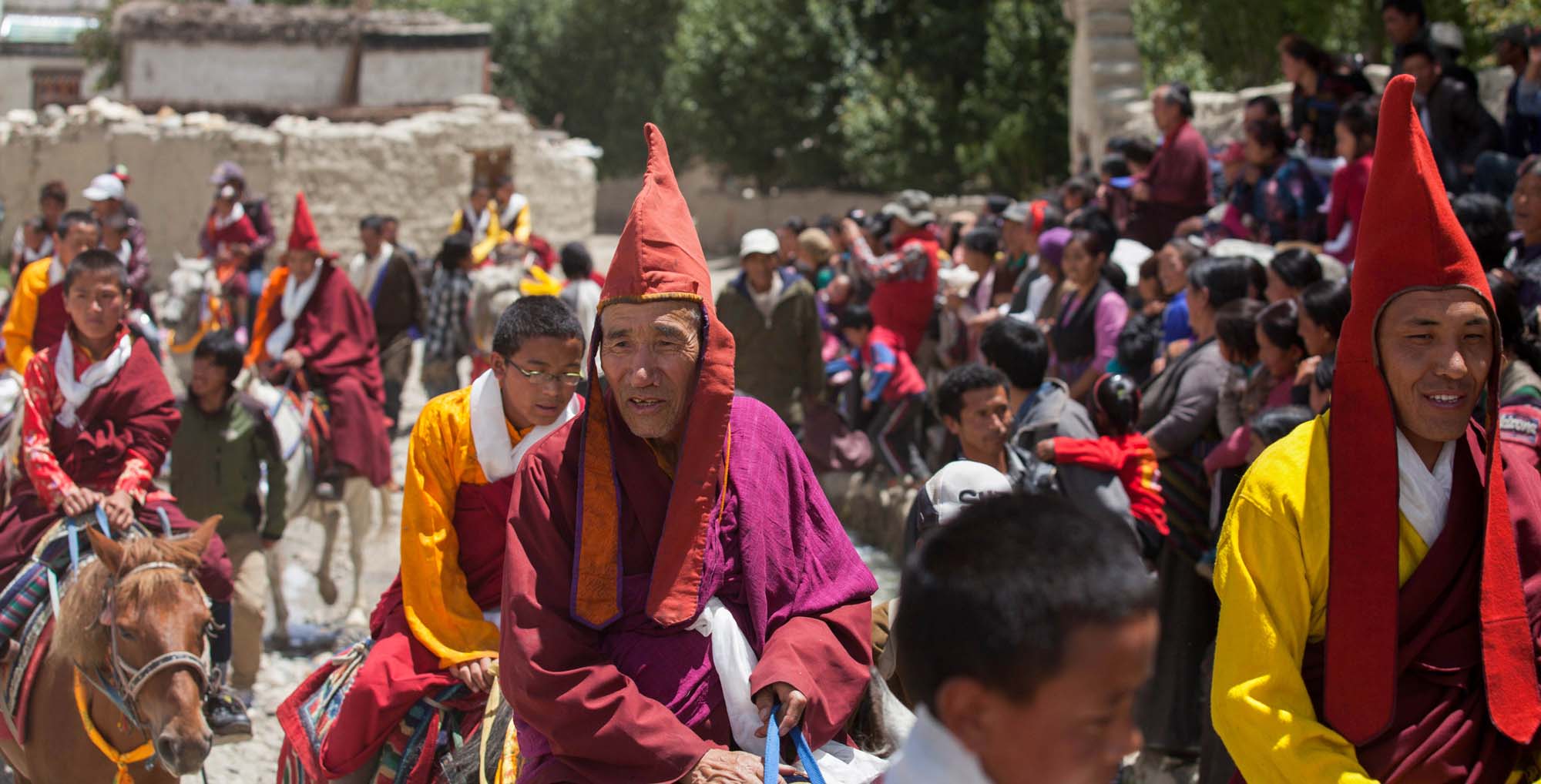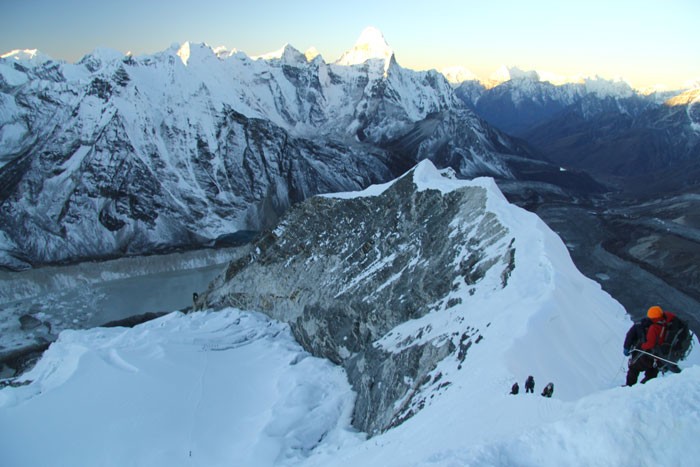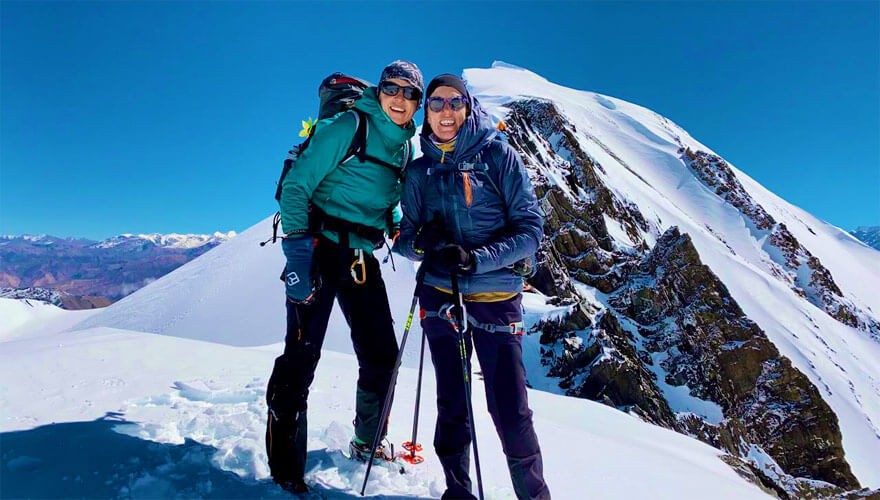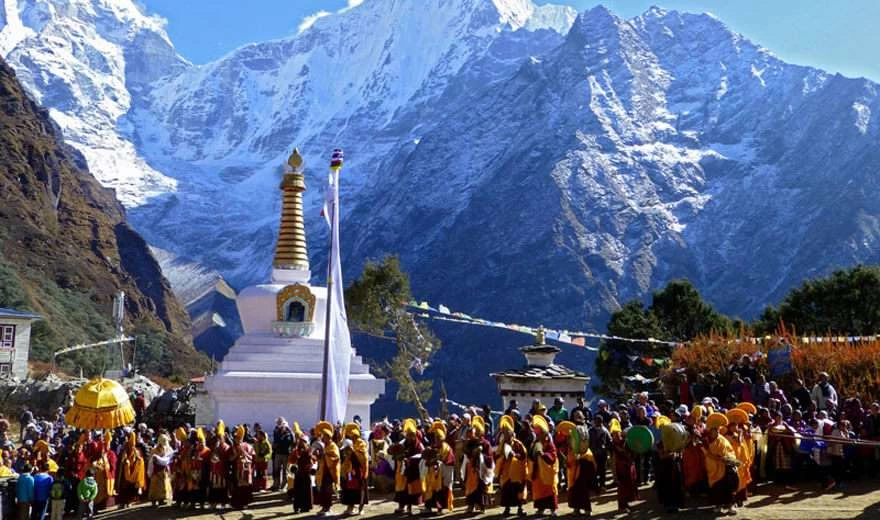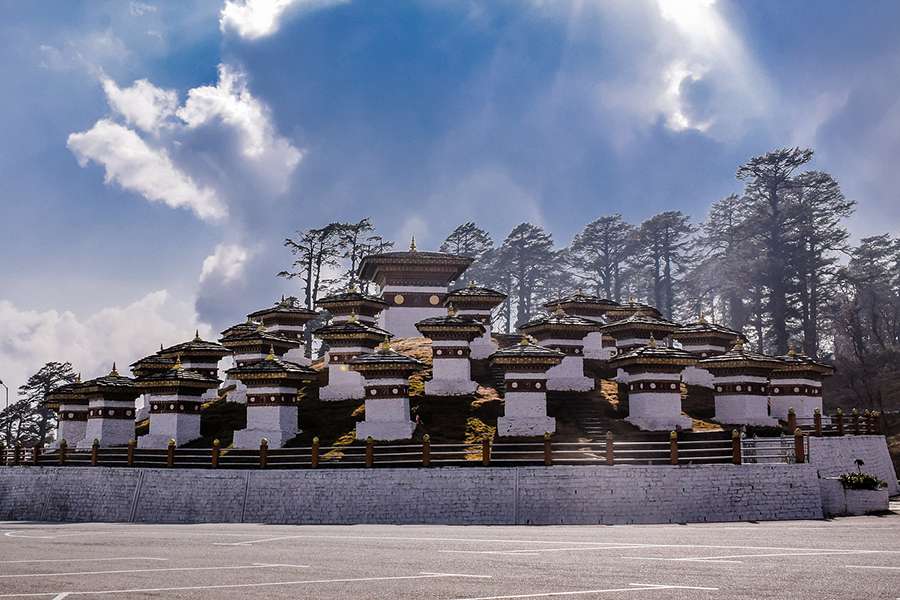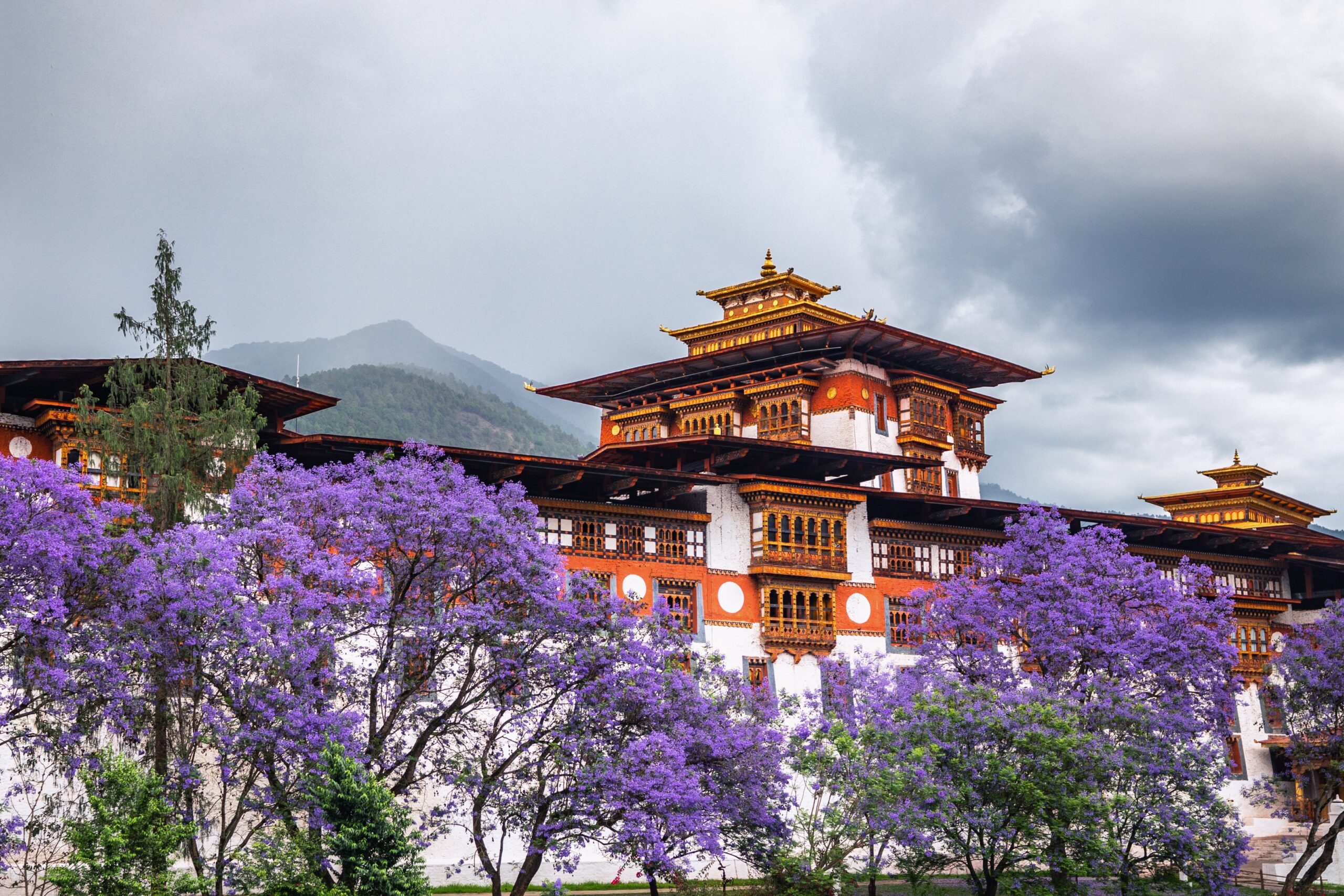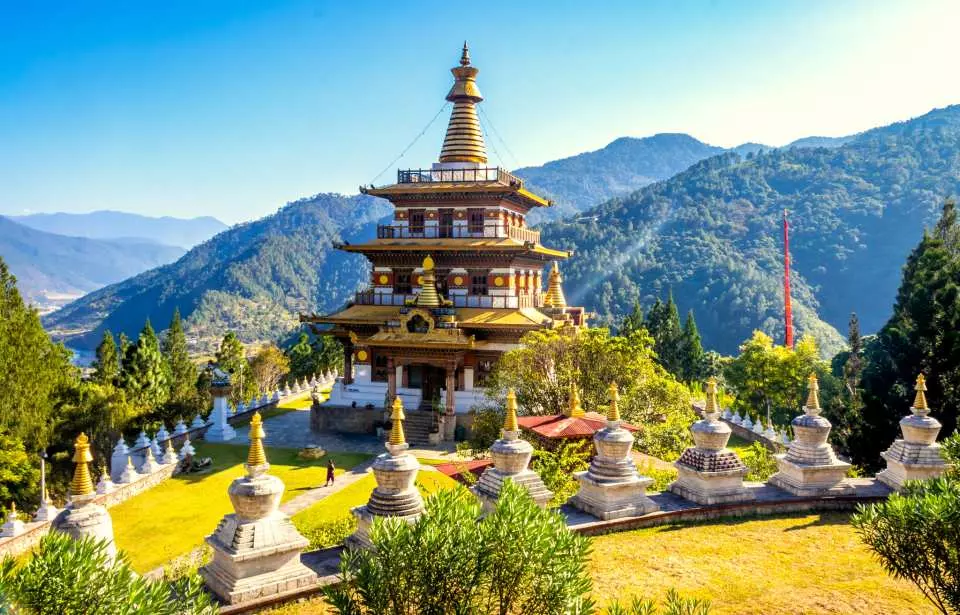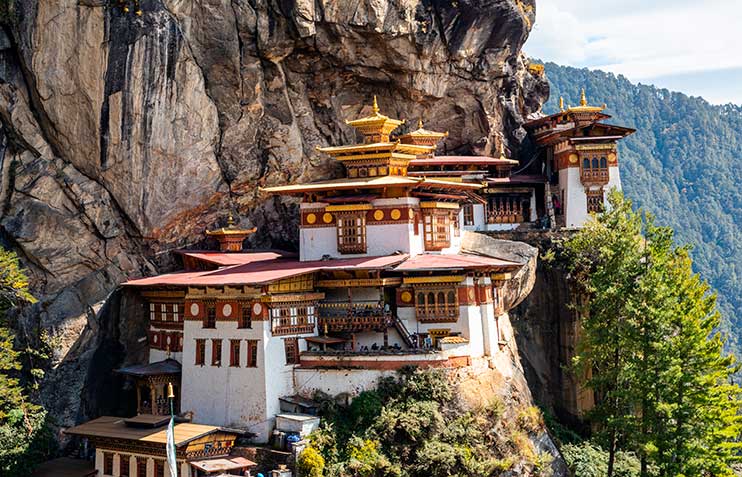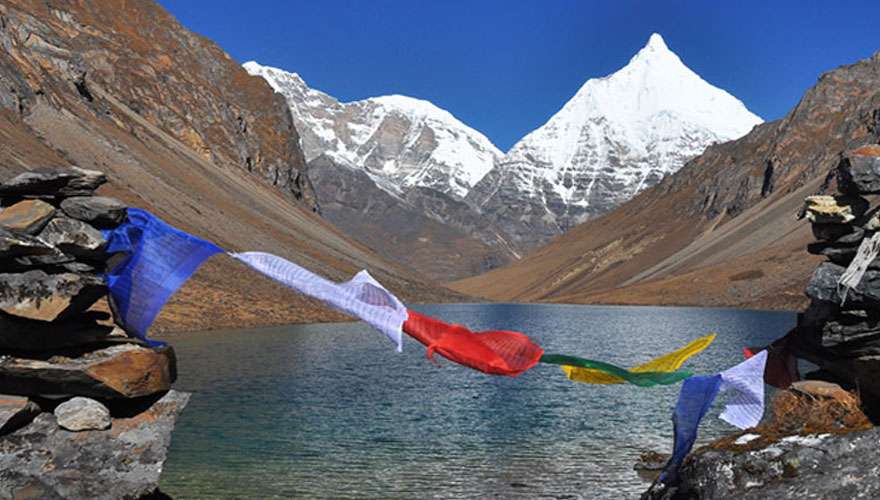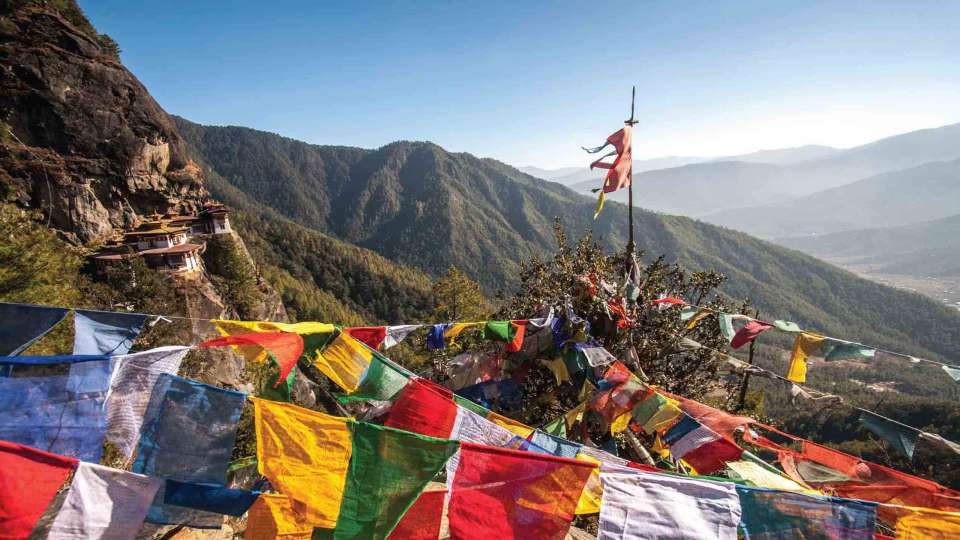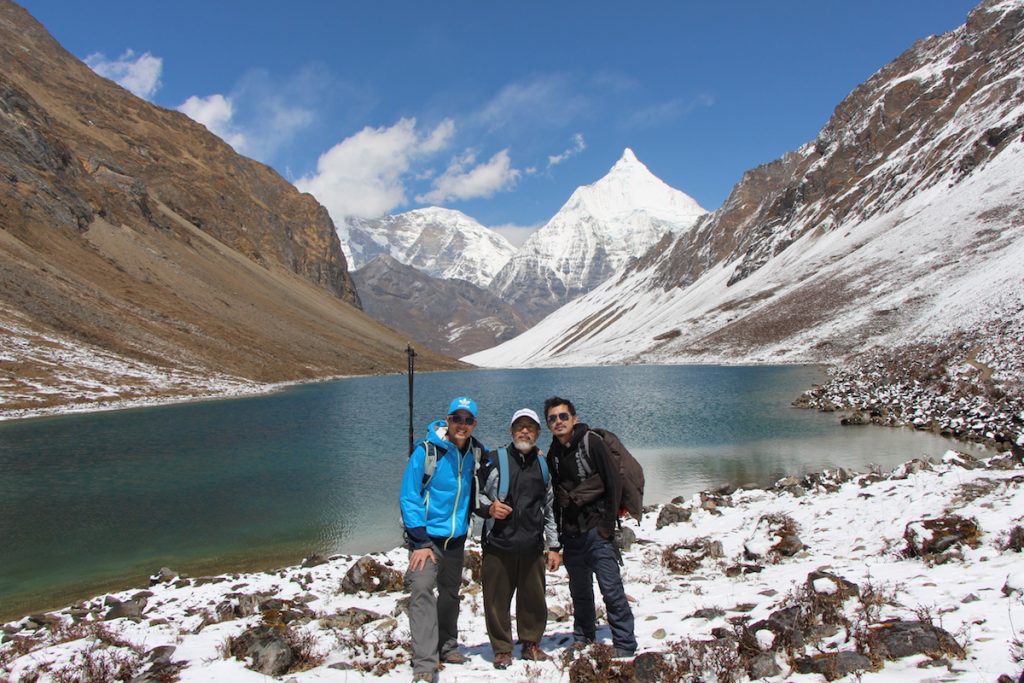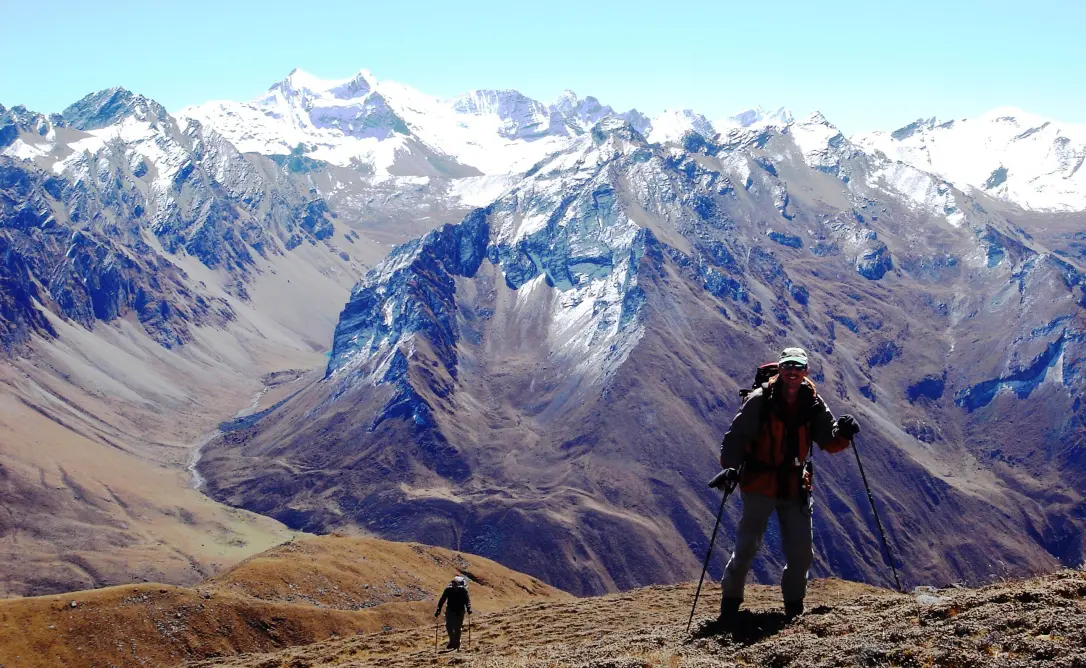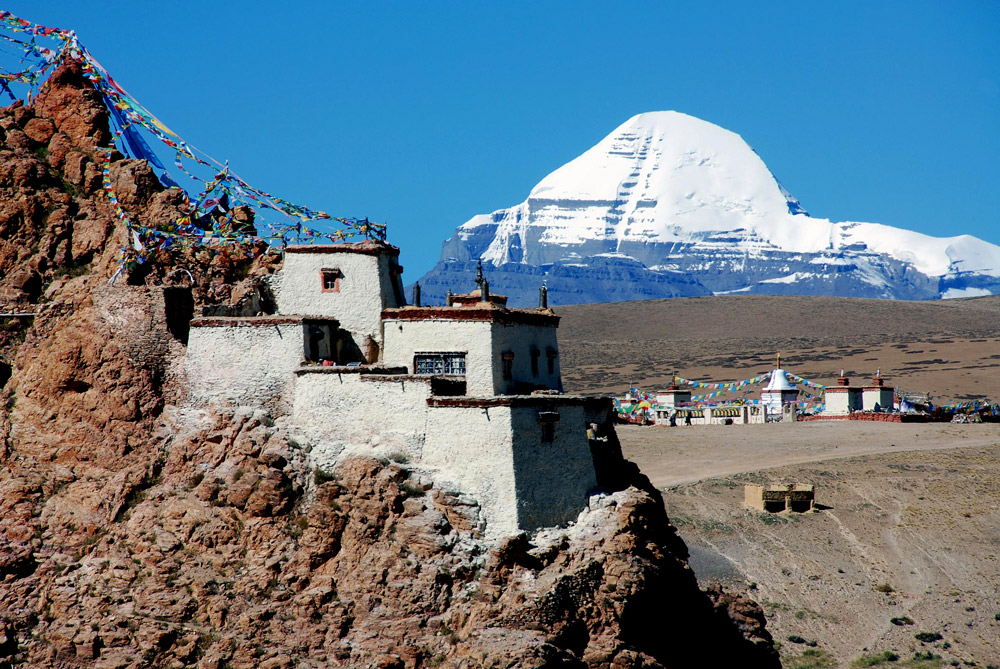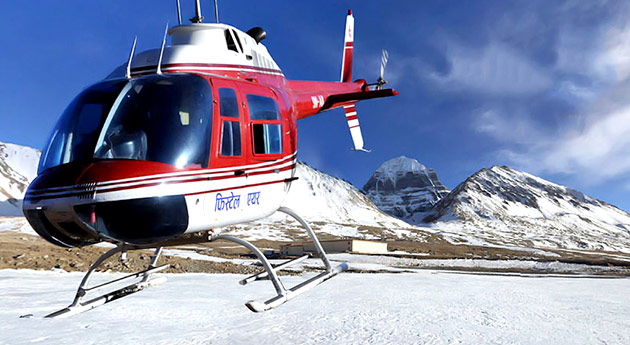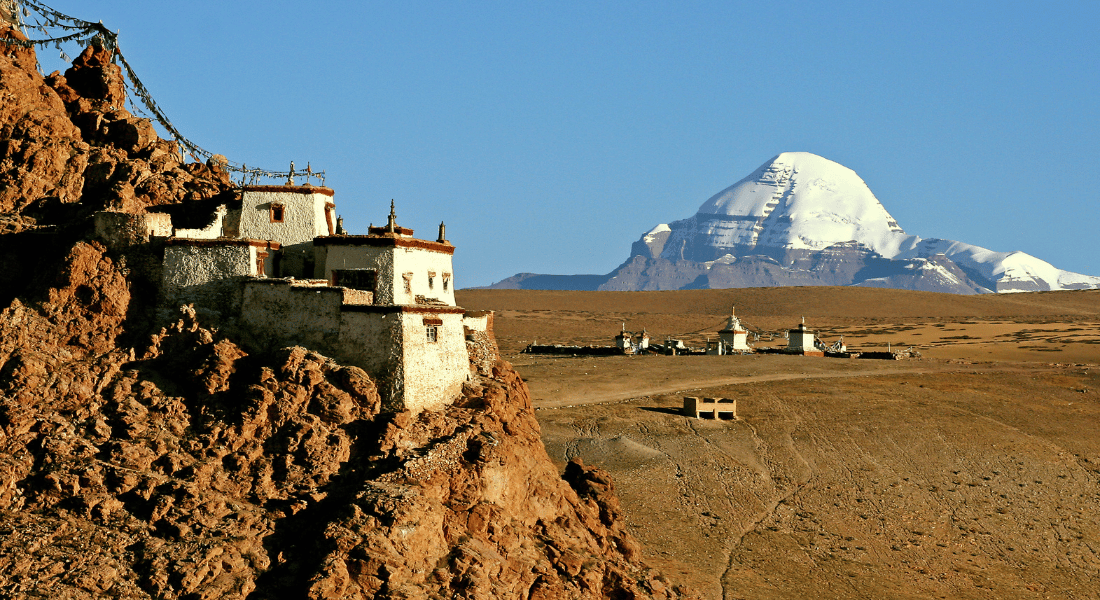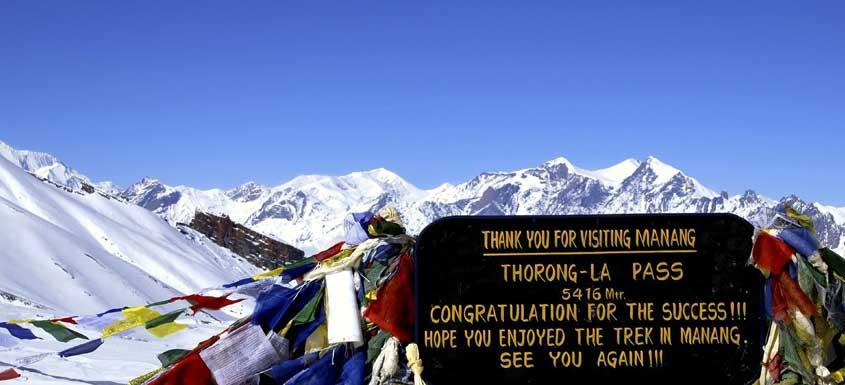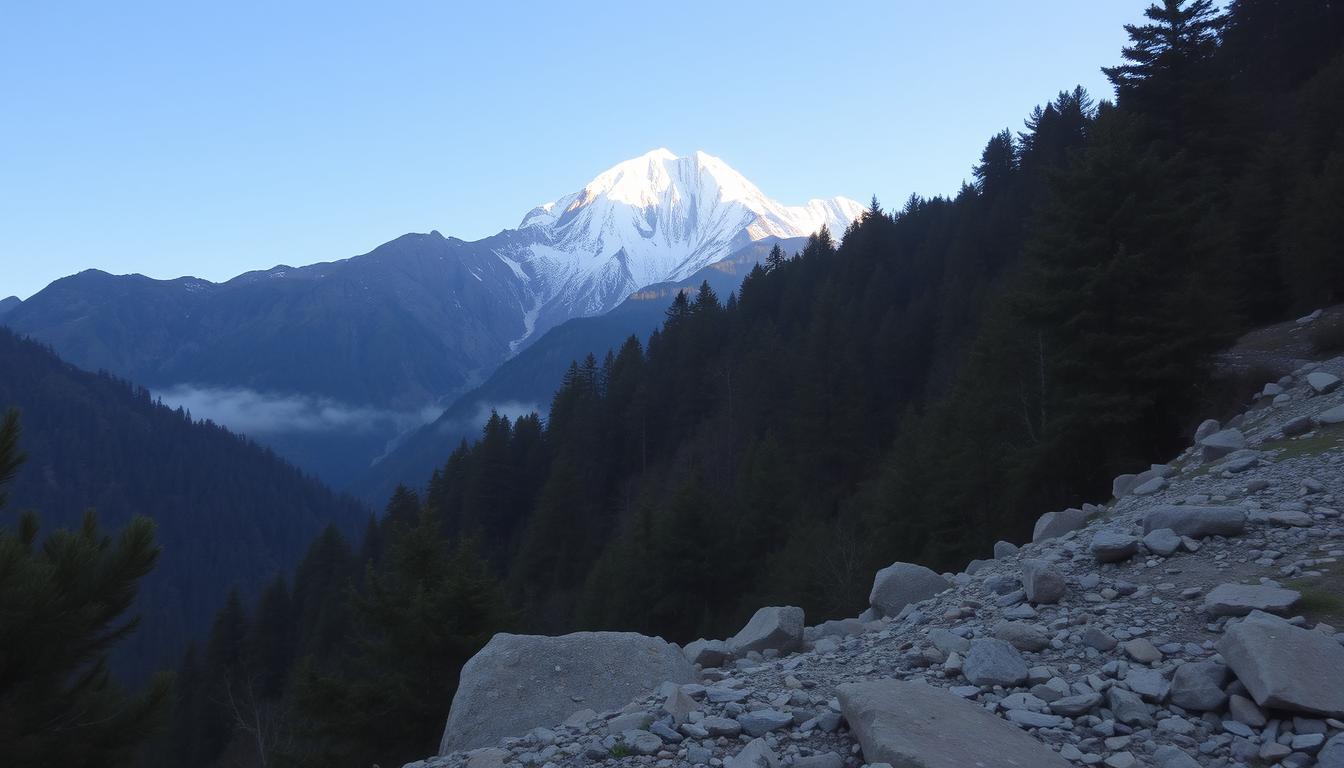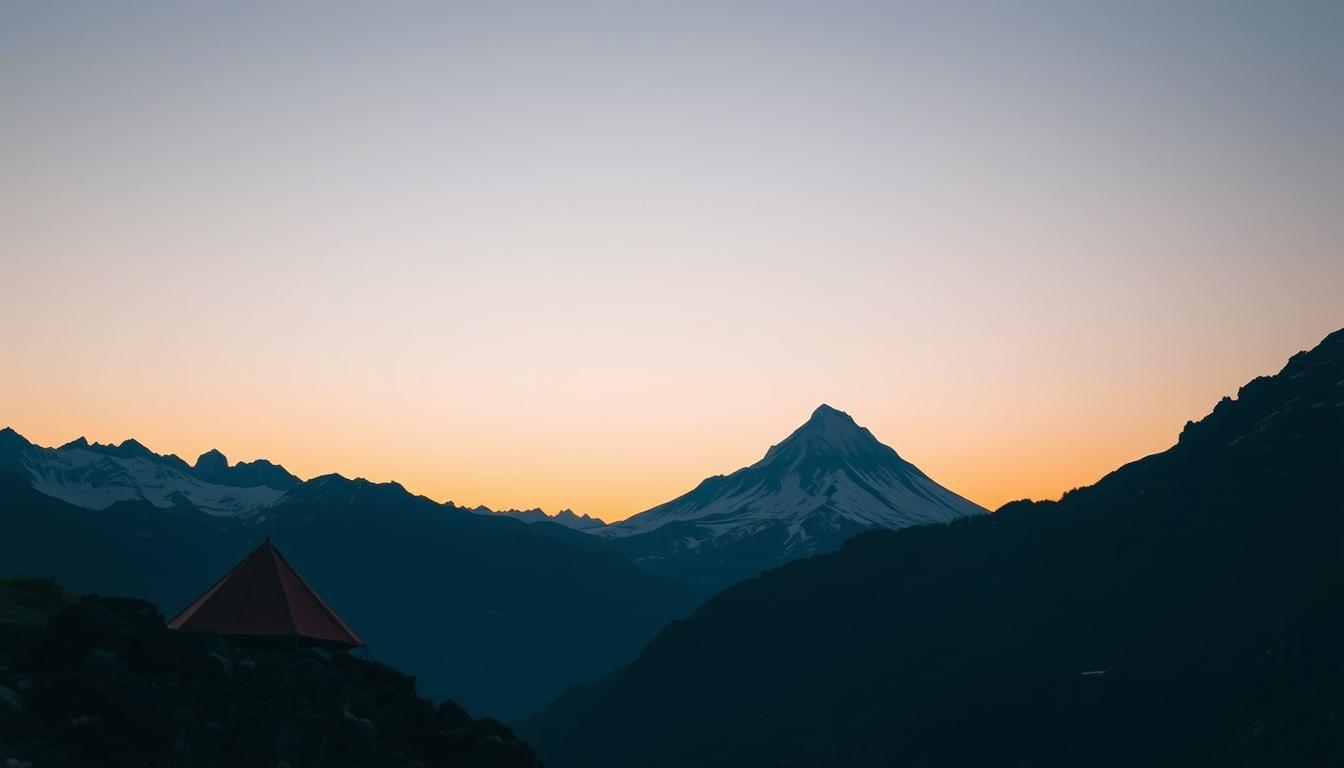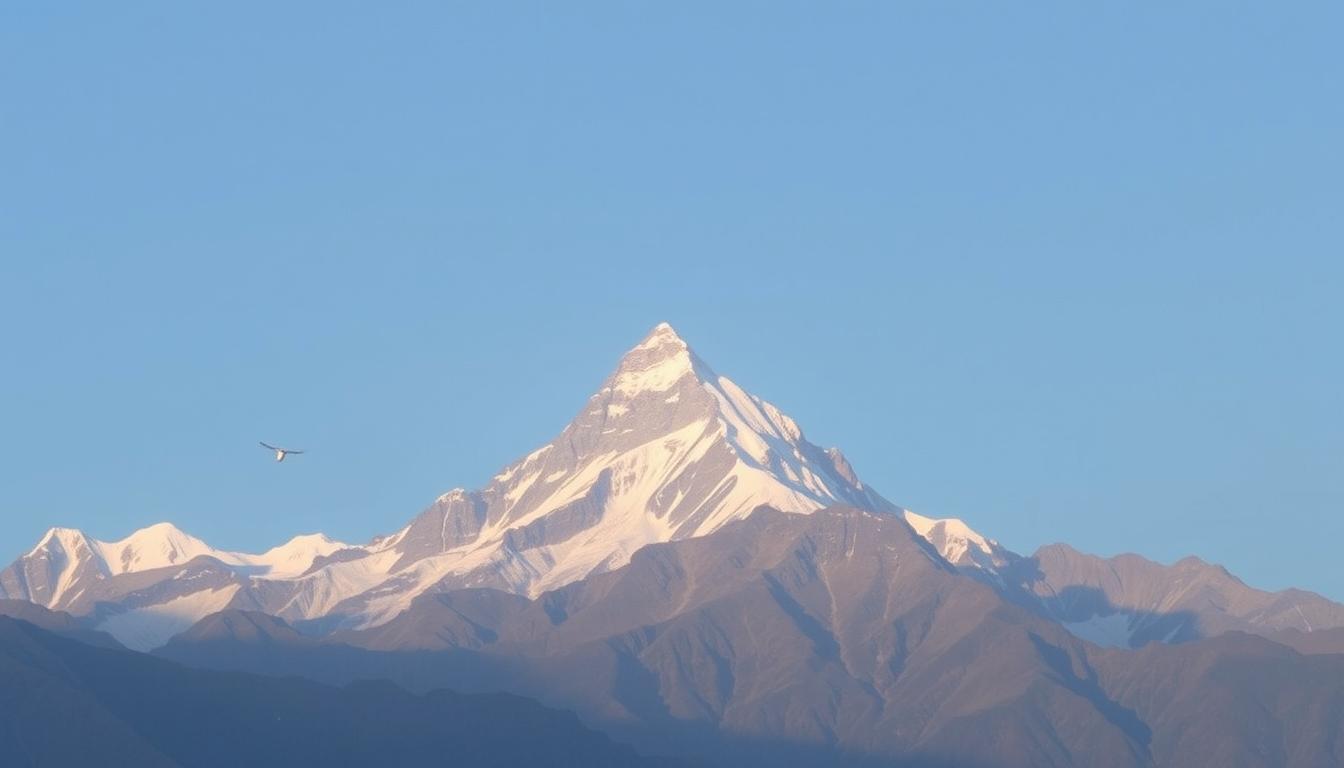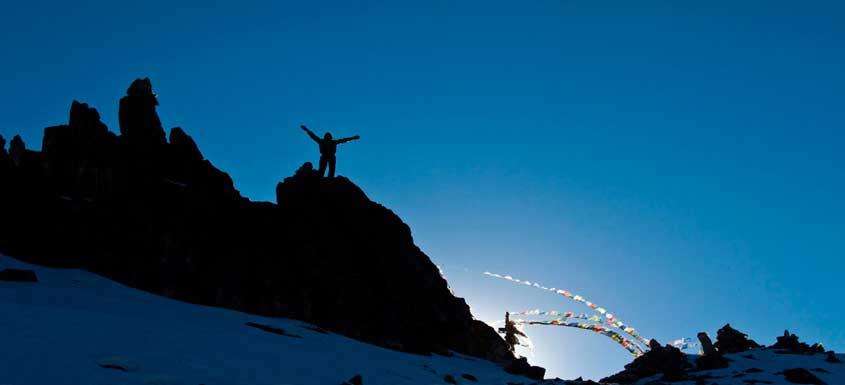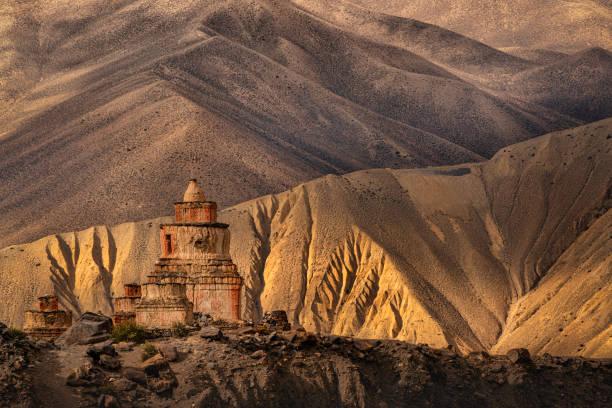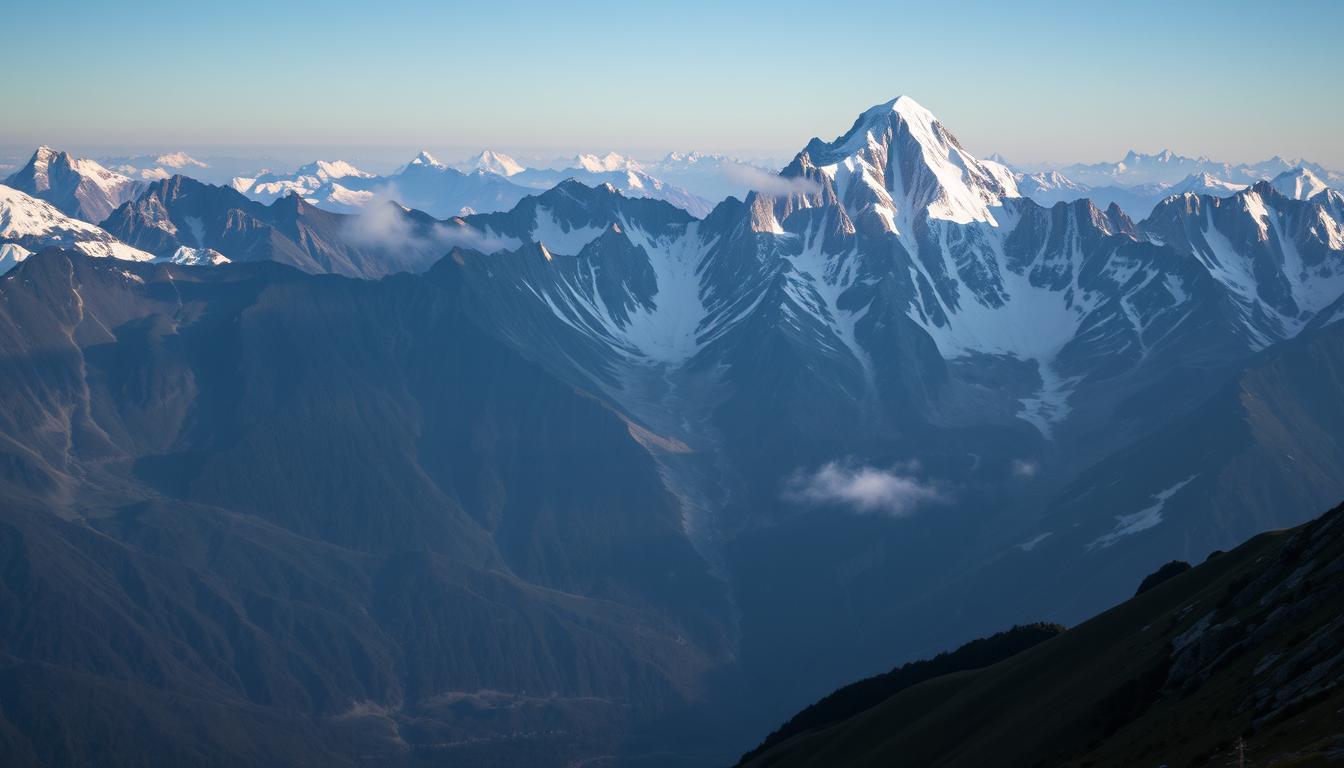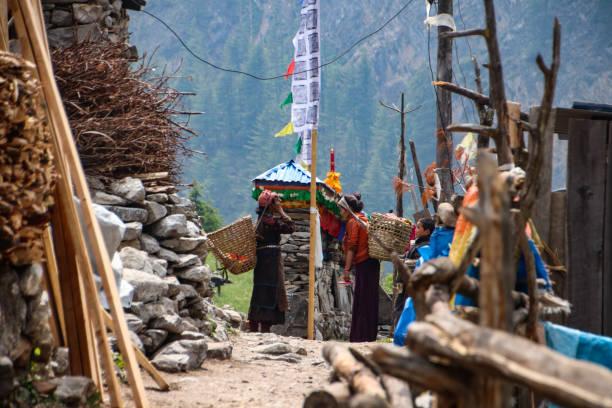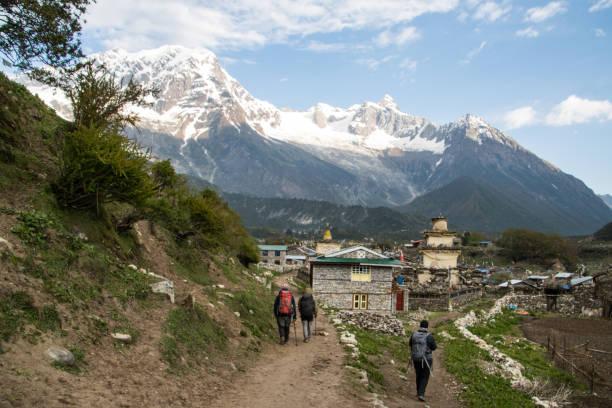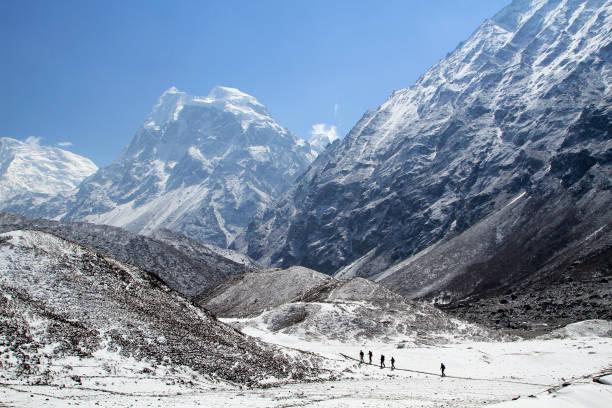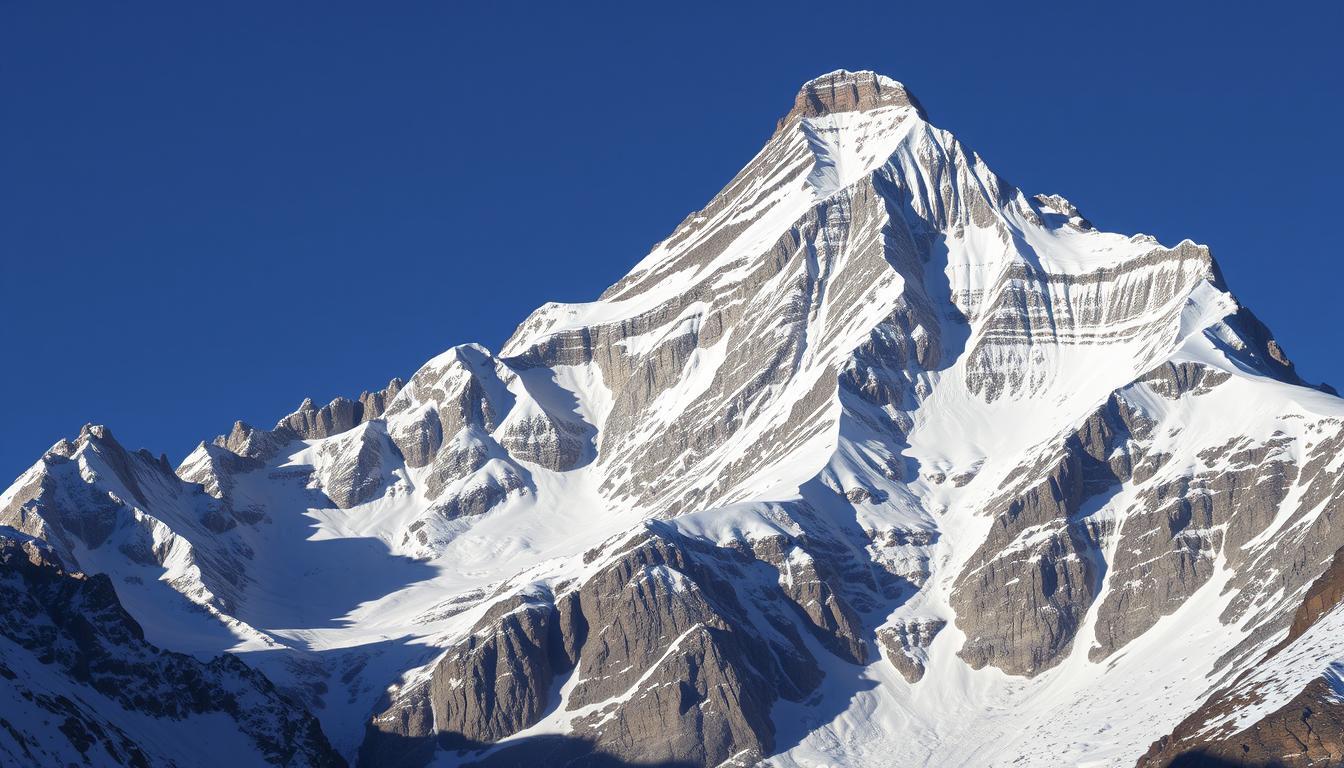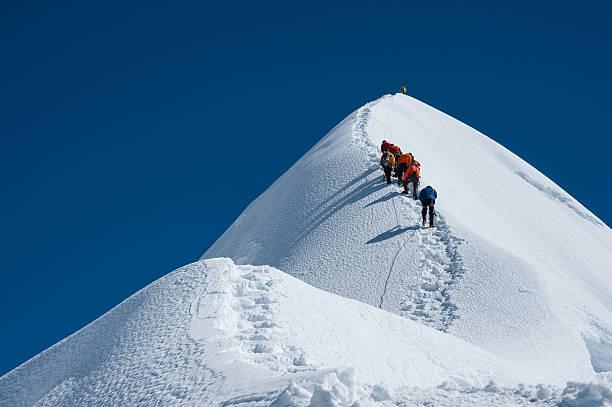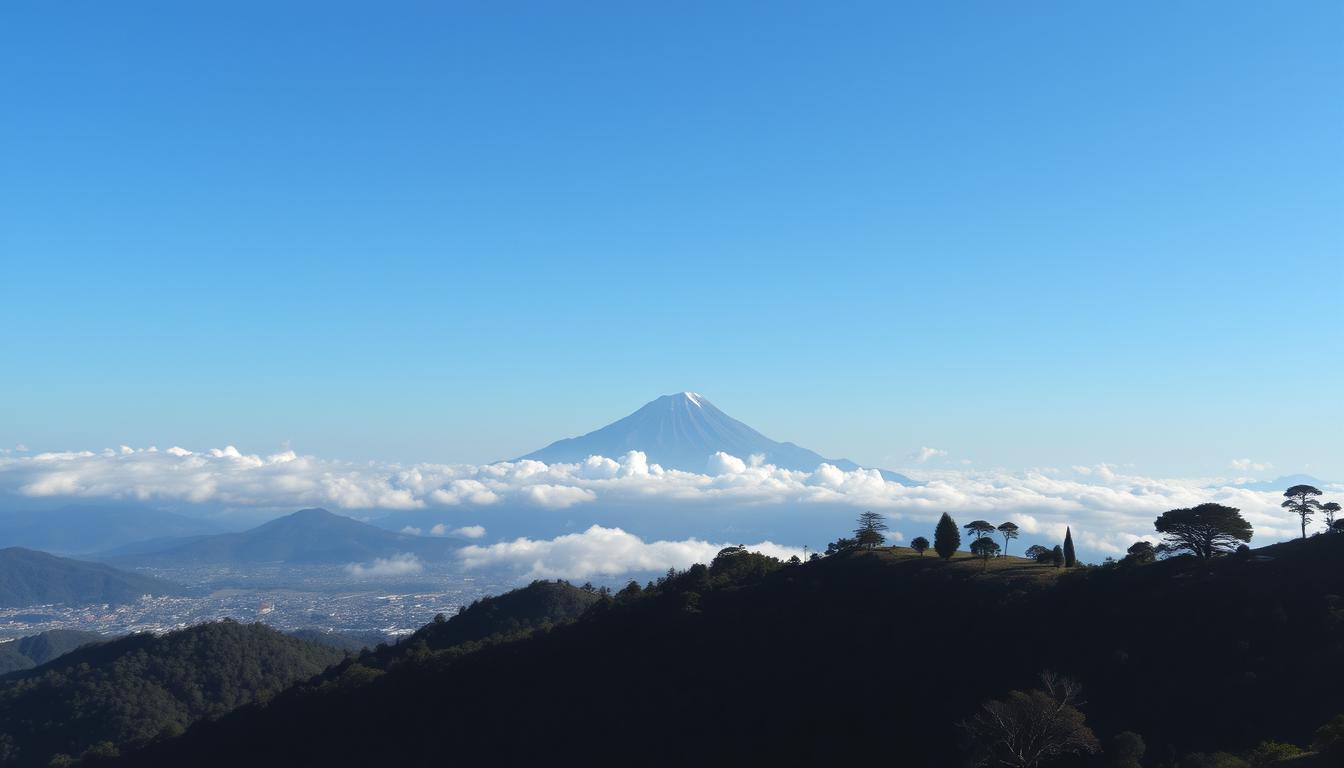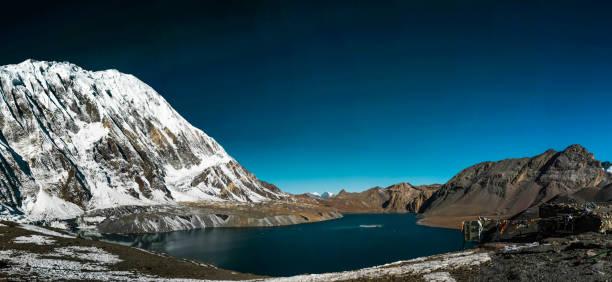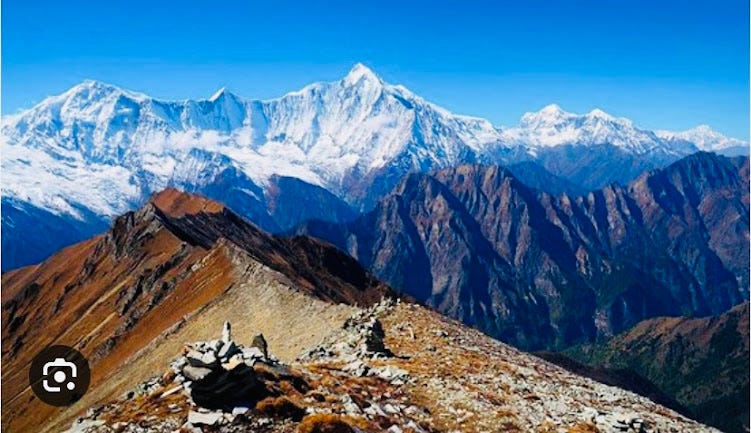Ama Dablam Expedition: Scaling the Iconic “Matterhorn of the Himalayas”
- Home
- Ama Dablam Expedition: Scaling the Iconic “Matterhorn of the Himalayas”
Budget
NPR 1000
Per Person
Rating
No review has been posted yet
Duration
40 Days
Trip Overview
Ama Dablam, standing at 6,812 meters (22,349 feet), is one of the most stunning and technically challenging peaks in Nepal. Known for its striking pyramid shape, Ama Dablam is often called the “Matterhorn of the Himalayas.” Located in the Everest region, this mountain attracts experienced climbers seeking a technical alpine-style ascent combined with breathtaking Himalayan scenery.
This guide provides comprehensive information on the Ama Dablam expedition, including Sherpa support, permits, location, airport logistics, itinerary, costs, and essential gear.
Location and Overview
Sherpa Guides: The Essential Partners
Book This Trip
Trip Information
 Start : Kathmandu
Start : Kathmandu Finish : Kathmandu
Finish : Kathmandu Difficulty :
Challenging
Difficulty :
Challenging
 Max Altitude : 6812m
Max Altitude : 6812m Group Size :
Group Size :  Season :
Season :
Trip Gallery
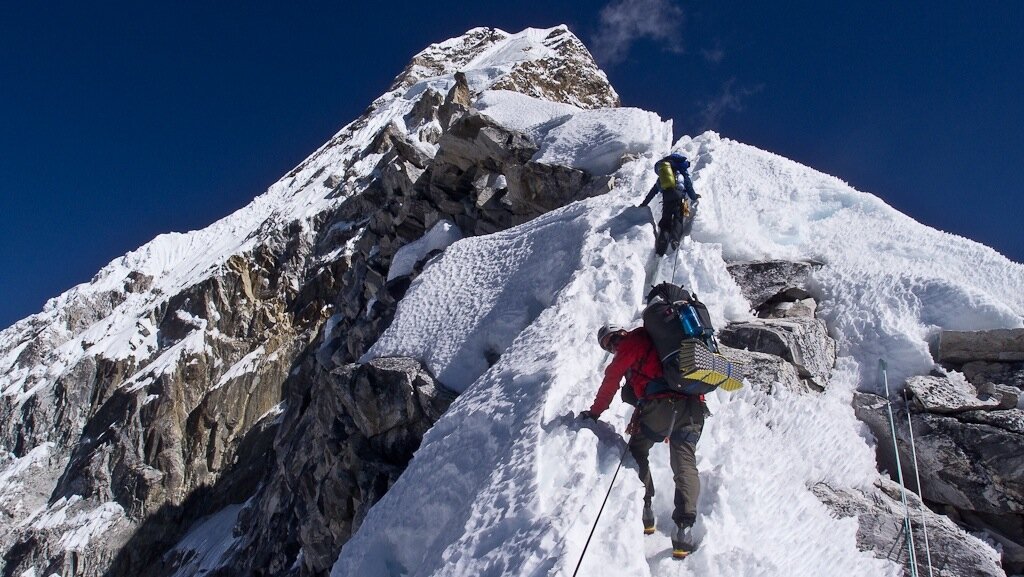
Trip Itinerary
Arrival and expedition preparation in Kathmandu.Flight to Lukla and begin trek to Namche Bazaar.
Trek through Sherpa villages and monasteries.Acclimatization hikes in Namche and Dingboche.Arrive at Ama Dablam Base Camp.
Establish Base Camp and higher camps (Camp 1, Camp 2, and Camp 3).Conduct acclimatization rotations, fix ropes, and carry loads.Execute summit push, usually from Camp 3, starting early to reach the summit by morning.Descend safely to Base Camp.
Trek back to Lukla.Fly to Kathmandu for rest and departure.
Cost Includes
- Ama Dablam climbing permit and park fees.
- Domestic flights Kathmandu–Lukla–Kathmandu.
- Salaries, insurance, and equipment for Sherpa guides and porters.
- Accommodation, meals, and tents during trek and climb.
- Fixed ropes, ladders, and technical climbing gear.
- Supplemental oxygen (if requested).
- Government taxes and liaison officer fees.
Typical Price Range:
The total cost for a guided Ama Dablam expedition ranges from USD 25,000 to 45,000, depending on the level of support and logistics.
- Ama Dablam climbing permit and park fees.
- Domestic flights Kathmandu–Lukla–Kathmandu.
- Salaries, insurance, and equipment for Sherpa guides and porters.
- Accommodation, meals, and tents during trek and climb.
- Fixed ropes, ladders, and technical climbing gear.
- Supplemental oxygen (if requested).
- Government taxes and liaison officer fees.
Typical Price Range:
The total cost for a guided Ama Dablam expedition ranges from USD 25,000 to 45,000, depending on the level of support and logistics.
Cost Excludes
- International airfare to/from Nepal.
- Personal climbing gear and clothing.
- Travel insurance covering emergency evacuation.
- Tips for Sherpa guides and support staff.
- Personal expenses such as SIM cards, snacks, and souvenirs.
- Emergency helicopter evacuation (optional).
- Pre- or post-expedition tours.
- International airfare to/from Nepal.
- Personal climbing gear and clothing.
- Travel insurance covering emergency evacuation.
- Tips for Sherpa guides and support staff.
- Personal expenses such as SIM cards, snacks, and souvenirs.
- Emergency helicopter evacuation (optional).
- Pre- or post-expedition tours.
Essential Info
Permits and Regulations
To climb Ama Dablam, climbers must secure the following permits:
1. Ama Dablam Climbing Permit
- Cost: Approximately USD 1,000–1,500 depending on season and negotiation.
- Issued by Nepal’s Ministry of Tourism.
- Required for every climber attempting the summit.
2. Sagarmatha National Park Permit
- Cost: NPR 3,000 (~USD 25).
- Needed for trekking and climbing in the Everest region.
3. Khumbu Pasang Lhamu Rural Municipality Permit
- Cost: NPR 2,000 (~USD 15–20).
- Supports local community development.
Permits ensure that expeditions contribute to conservation and local economies. Climbers must also register with the Nepal Mountaineering Association and provide proof of emergency evacuation insurance.
Airport and Access
Tribhuvan International Airport (Kathmandu)
Kathmandu is the international entry point for Ama Dablam expeditions.
Domestic Flight to Lukla (Tenzing-Hillary Airport)
1.The primary gateway to the Everest region.
2.Flight duration: Approximately 30-40 minutes from Kathmandu.
3.Lukla Airport is known for its short, sloped runway surrounded by rugged mountains.
Trekking to Ama Dablam Base Camp
From Lukla, the trek takes 7-9 days passing through iconic Sherpa villages such as Namche Bazaar, Tengboche, and Dingboche before reaching Ama Dablam Base Camp (~4,570 meters), located on the south ridge of the mountain.
The trek is essential for acclimatization and provides stunning views of Ama Dablam and surrounding peaks.
Extra Info
Essential Equipment for Ama Dablam Expedition
Ama Dablam is a technical climb involving rock, ice, and mixed terrain, demanding specialized climbing and survival gear.
Clothing
Insulated down suit rated for -30°C or lower for summit day.
Layered system: moisture-wicking base layers, fleece, softshell, and waterproof outerwear.
Mountaineering boots compatible with crampons.
Warm gloves and mittens with liners.
Balaclava, neck gaiter, and thermal socks.
Climbing Gear
Helmet.
Harness, carabiners, ascenders, descenders.
Ice axe, crampons.
Fixed rope gear (often supplied by the expedition).
Trekking poles.
Headlamp with extra batteries.
Glacier sunglasses or goggles.
Camping and Safety
Four-season sleeping bag rated to -30°C or colder.
Sleeping pad for insulation.
Supplemental oxygen system (optional but recommended for summit push).
First aid kit and personal medication.
Communication devices (satellite phone or radio).
Personal hygiene products suited for alpine conditions.
Trip Date And Time
We'll Be There, Like We've Been There Before
|
Departing |
Finishing |
Trip Price Per Person |
Action |
Enquire |
|---|---|---|---|---|
| No Trip Yet!! | ||||
